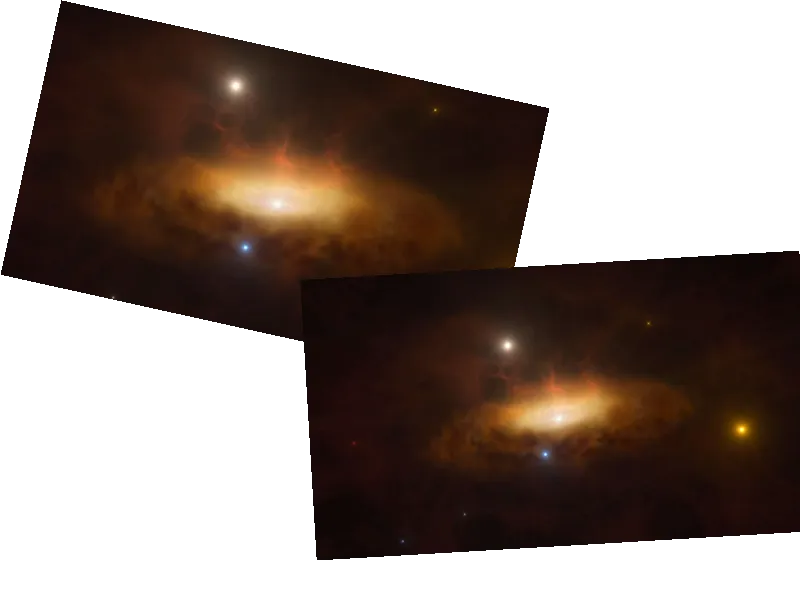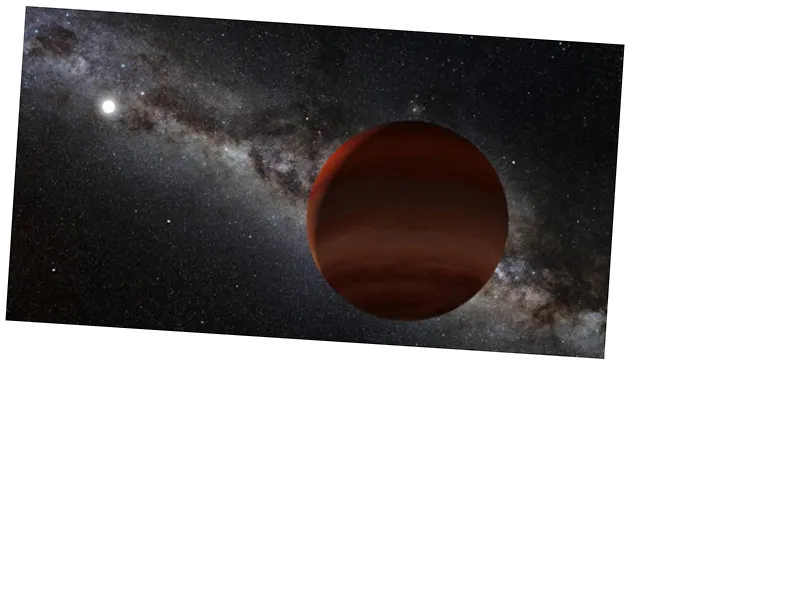Astronomers have observed an unprecedented cosmic event involving the awakening of a supermassive black hole at the center of the distant galaxy SDSS1335+0728, located 300 million light-years away in the constellation Virgo. This galaxy, initially deemed unremarkable, began to display a dramatic increase in brightness in late 2019.
The phenomenon was first detected by the Zwicky Transient Facility at the Palomar Observatory in California. The telescope's wide-field camera scans the northern sky every two days, capturing data on celestial objects, including near-Earth asteroids and distant supernovae. Following this initial observation, an interdisciplinary team of astronomers and engineers utilized data from both space and ground-based telescopes to monitor the galaxy's luminosity over time.
Lead author Paula Sánchez Sáez, an astronomer at the European Southern Observatory, explained that the galaxy's core exhibited brightness changes unlike any typical event previously observed. The team classified the galaxy as having an active galactic nucleus, a bright region powered by a giant black hole. The study's results have been accepted for publication in the journal Astronomy & Astrophysics.
Various celestial scenarios, such as supernova explosions or tidal disruption events where stars are torn apart by black holes, can cause a galaxy to brighten suddenly. However, these events typically last only tens or hundreds of days. In contrast, SDSS1335+0728 has continued to increase in brightness for over four years.
To further investigate, the researchers consulted archival data from multiple observatories, including NASA's Wide-field Infrared Survey Explorer, Galaxy Evolution Explorer, and the European Southern Observatory's Very Large Telescope (VLT) in Chile. The data revealed that the galaxy has been emitting significantly more ultraviolet, visible, and infrared light, and X-rays since February 2024.
Study co-author Lorena Hernández García suggested that the most plausible explanation is the activation of the galaxy's central black hole. This would mark the first time such an event has been directly observed. Claudio Ricci of the Universidad Diego Portales in Chile noted that these 'giant monsters' are usually dormant and not directly visible. In this case, the black hole began to feed on the surrounding gas, causing the galaxy to shine brightly.
The research team acknowledges that alternative explanations, such as an unusually slow tidal disruption event or a previously unknown celestial phenomenon, cannot be ruled out. Regardless of the exact cause, the event offers valuable insights into the growth and evolution of black holes. Instruments like the VLT's MUSE or the upcoming Extremely Large Telescope may help astronomers understand why the galaxy is lighting up.
- The awakening of the supermassive black hole in SDSS1335+0728 has provided astronomers with a rare opportunity to study the dynamics and development of these celestial giants in real time. Typically, black holes of this magnitude, which have masses exceeding 100,000 times that of our sun, remain dormant and invisible.
- The ongoing brightness variations in SDSS1335+0728, which have persisted for more than four years, are unlike any previously recorded events. This anomaly has prompted astronomers to consider various scenarios, including the possibility of a new, unknown phenomenon.
- Further observations and data collection are essential to decipher the true cause behind this unprecedented cosmic event. The insights gained from this study could also shed light on similar occurrences in other galaxies, including our own Milky Way, where the supermassive black hole Sagittarius A* resides.






